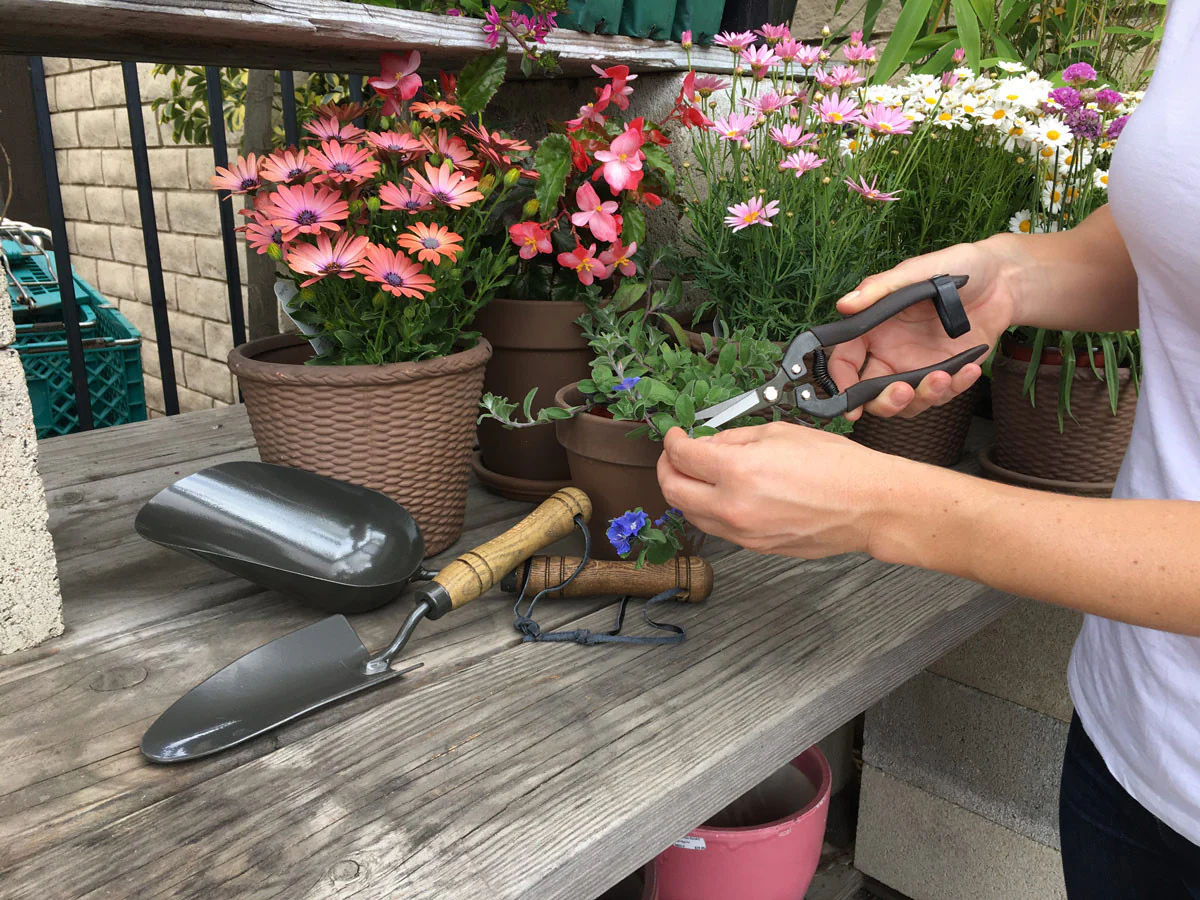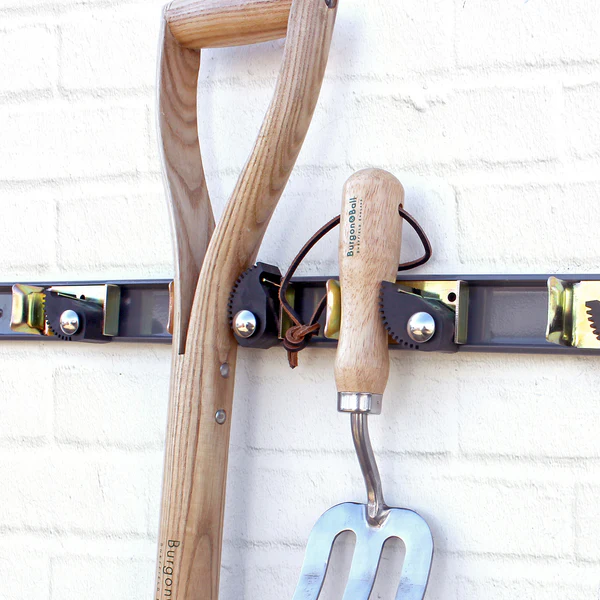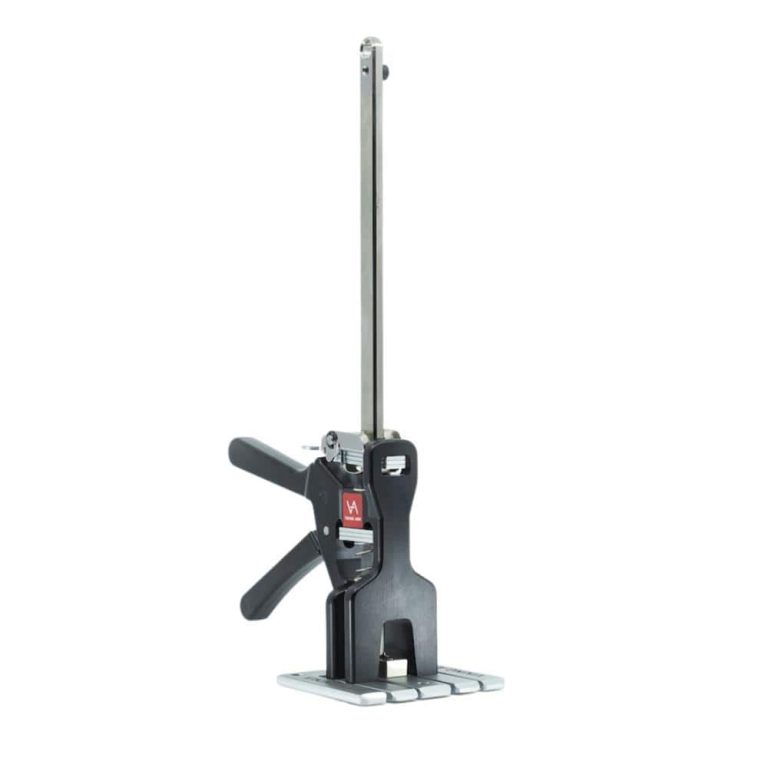
Hand Rake Garden Tool:Tips and Tricks
What is a Hand Rake Garden Tool?
Hand rake garden tools revolutionize garden maintenance. They gather leaves and debris efficiently. Hand rakes loosen soil effectively. These versatile tools level seedbeds with ease. Gardeners rely on hand rakes for various tasks. They prove indispensable in maintaining tidy, healthy gardens.Organize your garden effortlessly with our convenient hand rake garden tool, perfect for tidying up leaves and debris.
Key Features of Hand Rake Garden Tools
Tines come in metal, plastic, or bamboo. Metal tines offer durability for tough jobs. Plastic suits lighter tasks and wet conditions. Bamboo provides an eco-friendly option.Handles vary in length and material. Short handles offer precision in small areas. Long handles reduce bending for comfort. Ergonomic designs minimize hand fatigue.
Head widths affect coverage and maneuverability. Wide heads gather more material quickly. Narrow heads access tight spaces easily. Choose width based on garden needs.Weight impacts user comfort and tool effectiveness. Lighter rakes suit extended use periods. Heavier tools may offer more soil penetration. Balance weight with intended use.
Some hand rakes offer collapsible designs. They store compactly in small spaces. Collapsible rakes travel easily. These features suit gardeners with limited storage.
Types of Hand Rake Garden Tools
Bow Rakes
Bow rakes feature sturdy, straight tines. They excel in soil preparation. These tools spread mulch effectively. Bow rakes suit heavy-duty garden tasks.
Leaf Rakes
Leaf rakes have flexible, fan-shaped tines. They gather leaves without damaging lawns. These tools work well on various surfaces. Leaf rakes prove essential for fall cleanup.
Shrub Rakes
Shrub rakes offer narrow heads for tight spaces. They maneuver between plants easily. These tools reach into dense foliage. Shrub rakes suit precision garden work.
Hand Cultivator Rakes
Hand cultivator rakes combine raking and cultivating functions. They loosen soil while removing debris. These versatile tools save time. Cultivator rakes suit multi-tasking gardeners.
Adjustable Rakes
Adjustable rakes feature changeable widths. They adapt to various garden spaces. These tools offer versatility in a single implement. Adjustable rakes suit diverse garden layouts.
Benefits of Using a Hand Rake Garden Tool
Hand rakes gather leaves and garden waste quickly. They clear areas without damaging plants. Efficient cleanup improves garden aesthetics. It reduces habitat for pests and diseases.Raking loosens topsoil gently. It increases oxygen in the soil. Improved aeration promotes root health. Plants thrive in well-aerated soil environments.
Rakes spread mulch and compost evenly. They distribute seeds for overseeding lawns. Even material distribution enhances garden appearance. It ensures uniform benefits across garden areas.Regular raking removes lawn thatch buildup. It improves grass health significantly. Thatch removal allows water and nutrients to reach roots. It promotes a lush, vibrant lawn.
Hand rakes level soil for planting. They create optimal seedbed conditions. Proper preparation improves seed germination rates. It leads to stronger plant establishment.
When to Use a Hand Rake Garden Tool
Use rakes to remove winter debris. They prepare gardens for new growth. Spring raking reveals emerging plants. It allows for early pest and disease detection.Rakes excel in gathering autumn leaves. They prevent leaf smothering of lawns. Fall raking prepares gardens for winter. It reduces spring cleanup workload.
Spread and level mulch with hand rakes. They ensure even coverage around plants. Proper mulching conserves soil moisture. It suppresses weed growth effectively.Rake lawns to remove dead grass and debris. This practice improves air circulation. Regular raking stimulates grass growth. It contributes to a healthier lawn overall.
Use rakes to tidy flower beds regularly. They remove fallen petals and leaves. Raking prevents debris from harboring pests. It maintains neat, attractive garden appearances.
How to Choose the Right Hand Rake
Garden dimensions influence rake selection. Larger areas benefit from wider rake heads. Small gardens suit more compact tools. Match rake size to garden scale for efficiency.Identify main raking tasks in the garden. Leaf cleanup requires flexible tines. Soil work needs sturdier rake designs. Choose rakes that align with primary garden needs.
Consider personal strength and mobility. Lightweight rakes suit users with limited strength. Ergonomic handles benefit those with joint issues. Select rakes that match physical capabilities.Assess available tool storage area. Collapsible rakes suit limited spaces. Standard designs may offer more durability. Balance storage constraints with tool functionality.
Rake prices vary widely. Establish a realistic budget for purchase. Consider long-term durability in price evaluations. Invest in quality for frequent or heavy use scenarios.
Proper Hand Rake Techniques
Stand with feet shoulder-width apart. Keep back straight during raking. Use arm and shoulder strength, not back muscles. Proper posture prevents strain and increases efficiency.Apply consistent pressure while raking. Avoid overexertion or jerky movements. Let the rake’s design do the work. Smooth strokes ensure thorough debris collection.
Divide large areas into manageable sections. Rake one section at a time thoroughly. This approach ensures consistent coverage. Sectional work prevents overlooked areas.Take advantage of wind direction when possible. Rake debris downwind for easier collection. This technique reduces effort and increases efficiency. It makes large cleanup tasks more manageable.
Switch hands periodically during extended raking. This practice prevents fatigue and strain. It distributes workload evenly across the body. Alternating hands increases overall raking endurance.

Maintenance Tips for Hand Rakes
Remove debris from tines after raking. Rinse tools to remove soil and plant matter. Dry rakes thoroughly before storage. Regular cleaning prevents rust and extends tool life.Check tines for damage or looseness. Examine handles for cracks or splinters. Regular inspections prevent unexpected breakages. Address issues promptly to maintain rake effectiveness.
Secure loose tines or handle connections. Use appropriate tools for tightening. Well-maintained rakes operate more efficiently. Regular tightening prevents part loss during use.Hang rakes to prevent bending of tines. Store in dry environments to prevent rust. Keep rakes away from high-traffic areas. Proper storage maintains tool quality between uses.
Apply light oil to metal components periodically. This practice prevents rust formation. Oiling maintains smooth tine movement. Regular maintenance extends rake lifespan significantly.
Common Hand Rake Problems and Solutions
Straighten slightly bent tines carefully. Replace rakes with severely bent or missing tines. Avoid using excessive force on hard surfaces. Proper use prevents tine damage.Tighten loose handle connections promptly. Replace handles if wood splits occur. Ensure secure attachment for safe operation. Well-maintained handles enhance user control.
Remove rust with wire brushes or sandpaper. Apply rust-inhibiting paint to affected areas. Store rakes in dry conditions to prevent rust. Regular maintenance prevents extensive rust damage.Replace broken handles immediately. Choose replacement handles of appropriate strength. Ensure proper fit and secure attachment. Quality replacements restore rake functionality.
File down uneven tine tips for smoother operation. Replace rakes when tines wear significantly. Rotate rake usage to distribute wear evenly. Proper care extends tine lifespan.
Environmental Considerations
Consider rakes made from sustainable materials. Bamboo offers an eco-friendly alternative. Look for tools with recycled plastic components. Sustainable choices reduce environmental impact.Use raking to support natural garden cycles. Rake leaves onto garden beds as mulch. This practice returns nutrients to the soil. It reduces waste and supports garden ecosystems.
Regular raking decreases thatch naturally. It reduces the need for chemical dethatchers. Mechanical debris removal supports organic gardening. Environmentally-friendly practices promote garden health.Maintain rakes for extended usability. This reduces waste from frequent replacements. Choose durable, long-lasting rake designs. Sustainable tool use minimizes environmental impact.
Alternatives to Traditional Hand Rakes
Leaf blowers offer quick debris removal. They suit large areas effectively. Blowers require less physical effort than raking. They provide an option for faster garden cleanup.Power rakes remove thatch mechanically. They cover large lawn areas quickly. These tools suit extensive thatch buildup. They offer an alternative for demanding lawn care needs.
Garden vacuums collect and mulch debris. They combine raking and disposal functions. Vacuums suit gardeners seeking labor-saving options. They provide efficient cleanup in various garden settings.Rake-shovel hybrids offer versatility. They gather and lift debris easily. These tools suit diverse garden tasks. They provide an all-in-one option for garden maintenance.
Combining Hand Rakes with Other Garden Tools
Use rakes to gather pruned branches and leaves. This combination streamlines pruning cleanup. It ensures thorough garden tidying. Pairing these tools enhances overall garden maintenance.Rake before mowing to stand up grass blades. This practice ensures even cutting. Post-mowing raking removes clippings effectively. The combination promotes a manicured lawn appearance.
Rake leaves and garden debris for composting. Use compost forks to turn compost piles. This pairing supports efficient organic matter recycling. It contributes to sustainable garden practices.Rake soil smooth before using dibbers or trowels. This prepares optimal planting surfaces. The combination streamlines planting processes. It ensures proper seed or seedling placement.

Hand Rakes in Different Gardening Styles
Special rakes create patterns in zen gardens. They feature widely-spaced tines for sand raking. These tools support meditative gardening practices. Zen raking cultivates mindfulness and artistic expression.Gentle raking supports permaculture principles. It minimizes soil disturbance while managing debris. Rakes help incorporate organic matter into topsoil. They contribute to building healthy soil ecosystems.
Precision rakes maintain meticulous garden appearances. They create clean edges along paths. Regular raking upholds formal garden aesthetics. It contributes to the manicured look of structured landscapes.Strategic raking leaves some areas undisturbed. This practice preserves habitats for beneficial insects. Partial raking balances tidiness with wildlife needs. It supports biodiversity in garden spaces.
Hand Rakes in Seasonal Garden Care
Spring raking removes winter debris. It uncovers emerging bulbs and perennials. Gentle raking stimulates lawn growth. These practices prepare gardens for the growing season.Light raking manages summer leaf drop. It prevents debris from smothering plants. Summer raking maintains tidy garden appearances. It supports ongoing garden health through the growing season.
Fall raking prevents leaf mat formation. It prepares lawns for winter dormancy. Raking leaves onto beds provides winter mulch. These practices transition gardens into the cold season.Late autumn raking removes final leaf drop. It prevents snow mold on lawns. Winter prep raking clears beds for early spring access. These steps set the stage for the following garden year.
Ergonomic Considerations for Hand Raking
Select rake handles that reach chest height. This reduces bending and back strain. Appropriate handle length improves raking posture. It enhances comfort during extended use.Look for rakes with cushioned or contoured grips. These features reduce hand fatigue. Comfortable grips prevent blisters and soreness. They encourage longer, more effective raking sessions.
Balance rake head weight with handle length. Well-balanced tools reduce user fatigue. Consider rake weight in relation to user strength. Proper weight distribution improves raking efficiency.Use fluid, rhythmic motions while raking. Avoid twisting the spine during the raking stroke. Engage leg muscles to power raking movements. Proper technique prevents unnecessary strain and injury.
Embracing the Versatility of Hand Rakes
Hand rake garden tools offer indispensable benefits to gardeners. They improve garden cleanliness and soil health. Rakes support various gardening styles effectively. Proper selection and use optimize garden maintenance efficiency. Understanding rake types and techniques enhances overall gardening success. With the right approach, hand rakes become essential tools in creating beautiful, well-maintained gardens.



